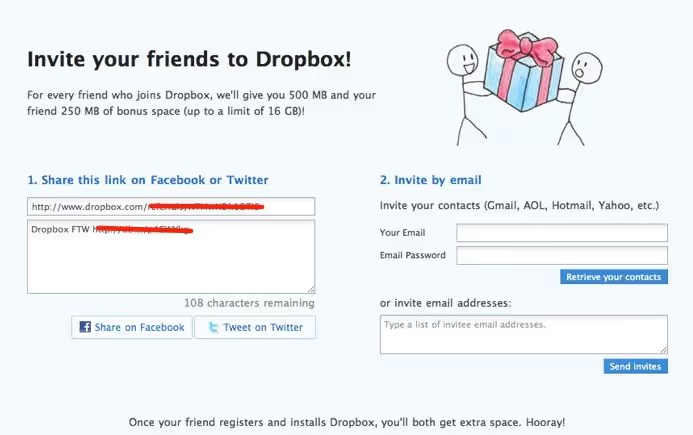Billion Dollar Companies Use Customer Referral Programs
What do the likes of Uber, Airbnb and Dropbox have in common?
Billion-dollar valuations? Check.
Slick Office Space? Check.
Customer Referral Programs? Check.
Wait what was that last one..That’s right.. Customer referral programs. They’re used by all three of these companies.
Now I’m not saying that these programs were the silver bullet, I don’t believe any company grows from a single tactic. These companies grow by using a playbook of different growth tactics and create a culture of innovation where creative/analytical people can thrive.
When you track the rocket-ship growth of companies like these there’s going to be growth levers that are stronger than others. The key here is that their activities are all interconnected and the sum of those actions will always be greater than the parts.
Airbnb
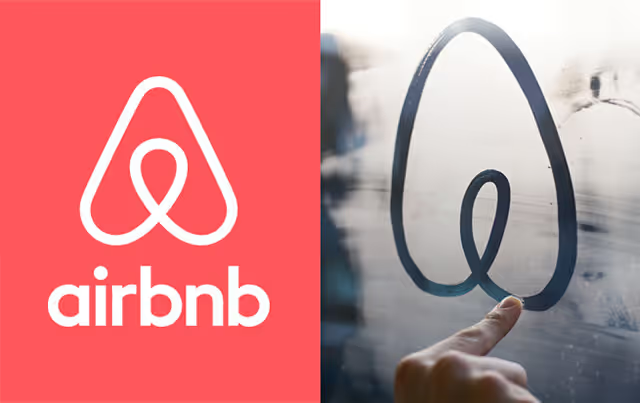
Airbnb is an amazing startup growth story. Originally started as a way for Brian Chesky and Joe Gebbia to afford their San Francisco rent. They built their own site to try and get a few people to pay $80 per night and stay with them during a design conference. The next day they had people from Argentina, England and Japan asking for a site-launch in their country.
Fast forward to their growth strategy, Airbnb is great at guerilla marketing. Their initial campaign to create Obama O’s cereal raised $30K and is the kind of entrepreneurial hustle that many startup founders are inspiration by.
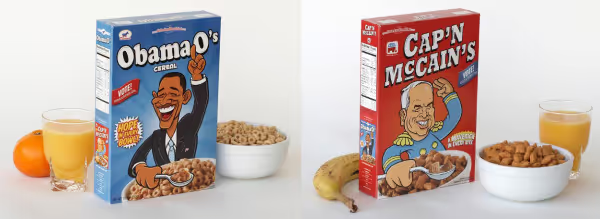
More recently, their international expansion playbooks (hosting parties, posting flyers in select cities) created a 5x higher ROI than Facebook advertising, which was highlighted in a recent talk by Rebecca Rosenfelt their Growth Product Manager.
The team at Airbnb is constantly experimenting with different tactics to grow their listings and active userbase. Especially through word of mouth which has been a strong growth lever for them.
Referral Program
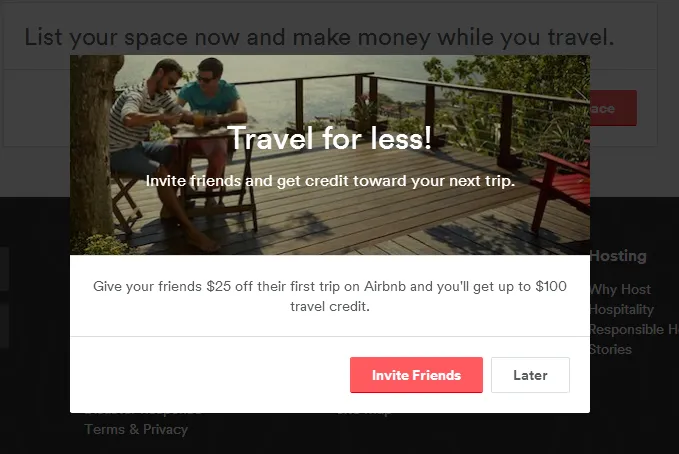
Why it works:
The offer: $25 credit for both the sender and recipient when the invited friend completes their first trip.
Referrals are highly measurable, scalable and are all about identifying a growth pattern that’s already happening but amplifying it at a key moment.- Jason Bosinoff
Social credit – Saving people money on their travel plans can help strengthen relationships.
You’re not only getting a $25 credit off your vacation, but your friend also receives that same credit. So it doesn’t feel like someone is taking advantage of you, it’s more of a natural conversation which helps drive user participation. Many consumers just aren’t interested in trying to make money off of their friends, it seems greedy and could sour relationships.
Experiential virality – The Airbnb experience is a very social one.
People love talking about vacations they take. Attach that to a brand new service that offers a $25 credit for both parties and you have some strong network effects that are highly scalable.
Results:
Referrals increased bookings by over 25% in some markets.
- We can build product levers to try to boost each of our core metrics defined in Step 1. For example:
- We can increase “# of invites per inviter” by offering imports of address books from email services or recommended contacts on the phone.
- We can increase “share of active users sending an invite” by improving how a user discovers the referral.
- We can increase “conversion to new guest” by allowing referrers to send reminders to invited + signed up users that they have credit available.
Source: Jason Bosinoff, Engineering Manager Airbnb
Uber
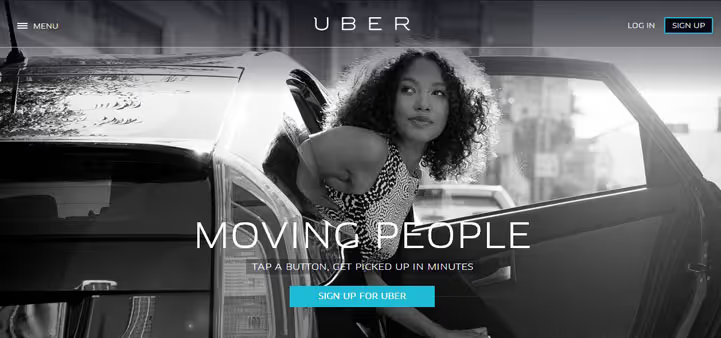
Uber is another startup growth success story that among many other things uses referral marketing to grow their active user-base.
Uber Co-Founder and CEO Travis Kalanick explains “(we started off as) a lifestyle company. You push a button and a black car comes up. Who’s the baller? It was a baller move to get a black car to arrive in 8 minutes.”
Scaling up their service in more than 45 countries and 180 cities plus a lofty $18.2B valuation to boot has been no easy task. They’ve been using a slick customer referral program plus a ton of other tactics (some controversial) to introduce new riders to their brand.
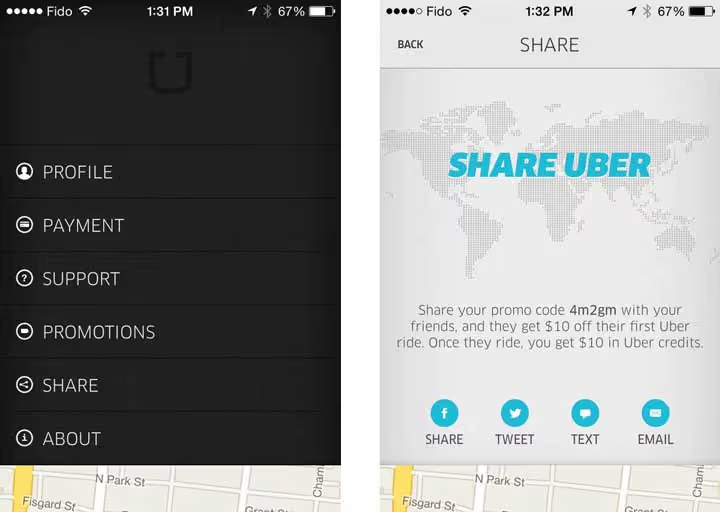
Why it works:
The offer: Depending on your location you can earn up to $30 to both the sender and the recipient when the recipient redeems their first ride with Uber.
Social credit – If you save me $30 on my next ride your reputation goes up in my books.
Whether it’s building a personal friendship or business connection this referral mechanism works because it’s not one-sided. Both of us are receiving something of value and more than likely I’m going to remember it next time you need a favor.
Experiential virality – That referral can expose not just a brand new user to Uber, but can also expose up to 3 of their friends to the experience of ordering an on-demand car service. This can be a great way to increase the reach and positive word of mouth making that $30 go much farther.
Word of caution:
Be careful of fraud – see this Business Insider article on one fraudster who gamed their system to the tune of $50,000 in free credit. He changed his referral link into a coupon code, posting the link on subreddits and gaining high SEO from that.
Dropbox
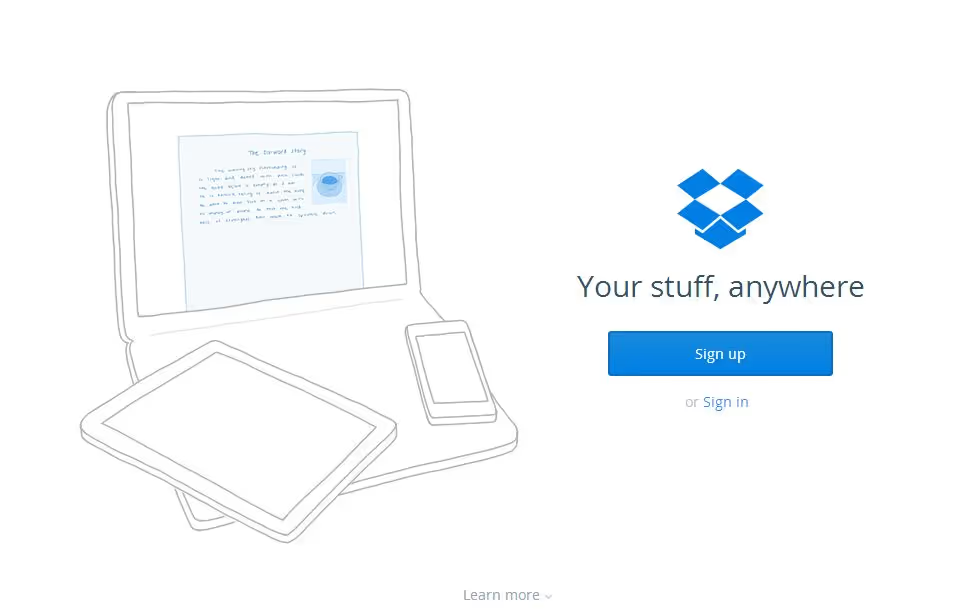
Originally started by Drew Houston when he was at MIT. He got the idea one day after he forgot his USB flash drive before taking a 4-hour bus ride. The boredom and frustration of not being able to watch his Family Guy episodes gave him the motivation to start building the first version of Dropbox.
Fast-forward to their time at YC, where Drew Houston and his team used many different growth tactics to generate buzz and word of mouth about their product. They experimented with different paid acquisition tactics but the economics just weren’t working out. So they went back to the drawing board and studied their user sign-up behavior.
They found out that word-of-mouth was contributing to a large amount of their growth. Armed with that data they created a double-sided referral program.
Details:
- They looked at the success of Paypals’ $10 give/get referral program and decided to build their own double-sided incentive program.
- Their paid acquisition campaigns were generating a $288-$388 cost per acquisition (CPA) which wasn’t working with a $99/year product.
- One key difference was that they decided to give away extra storage space instead of a cash incentive.
Results:
- 100,000 registered users in 2008
- 4M registered users in 15 months
- Growth rate of 27.9% per month
- 35% of daily signups from referral program
- Referral program grew their registered userbase between 5.25% – 9.76% over that time period
- The referral program was a key part of their growth strategy
- Source: Our Dropbox referral program breakdown
Why it worked
Double sided incentive: Like most of the successful referral programs, Dropbox gave out a reward to both the sender and recipient. A key factor for program participation as it doesn’t make the user feel like they are taking advantage of their friends by getting them to sign up.
Rewards that matter: Dropbox figured out that they not every user is looking to save money, they are looking for more storage. So they decided to give out extra space for every referral sign-up. This helps not only with user acquisition but also user retention as they can get additional value out of the product by uploading more files at no extra cost.
Natural word of mouth: Dropbox is a great product and the experience of using it has some organic virality built-in. For instance, collaborating/sharing files with friends/students/co-workers naturally exposes these users to the product.
TLDR:
Like I said at the beginning of this article, these companies didn’t get to their size with a silver bullet.
Customer referral programs are a serious growth lever for many companies and can complement your other acquisition tactics very well. If you’re launching a customer referral program remember:
- Referral programs amplify natural word of mouth, they don’t create it
- Double sided referral programs are socially acceptable and accelerate referrals
- Each customer base is unique, select the reward that works best for your audience
Preaching about singular growth tactics is a dangerous path that the media is leading us down. Growth doesn’t happen in a vacuum, it takes many different resources/tactics and highly creative/analytical people to create a billion-dollar startup.
